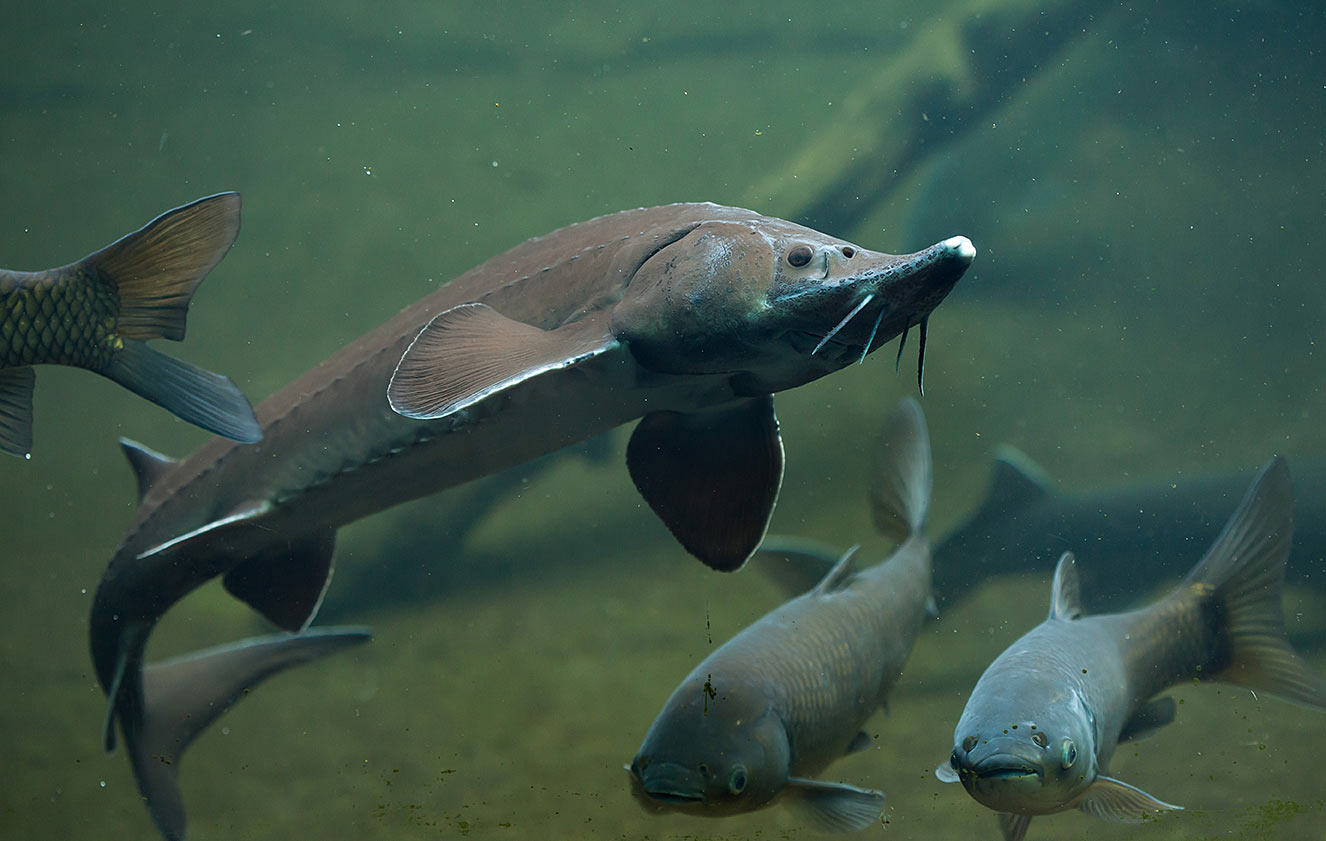
The Kootenais never lost sight of their original purpose—to be the guardians of the land forever. They continue to work to that purpose. The Kootenai Tribe of Idaho helps to administer an environmental program that works to improve air quality, water quality and to promote recycling to reduce solid waste. The Kootenai Tribe envisions a healthy ecosystem with clean, connected terrestrial and aquatic habits, which fully support traditional Tribal uses and other important societal uses.
The Kootenai River white sturgeon was listed as an Endangered Species in 1994. The Kootenai Tribe of Idaho, working with other state and federal agencies as well as the Bonneville Power Administration, has been at the center of the efforts to recover this species.
Conservation efforts do not end with the sturgeon. The tribe believes that all resources are joined in the web of life, and that preservation of the Tribe depends on protecting these resources. The Tribe looks to the future with the hope that native fish and wildlife may once again inhabit the Kootenai drainage in abundance.